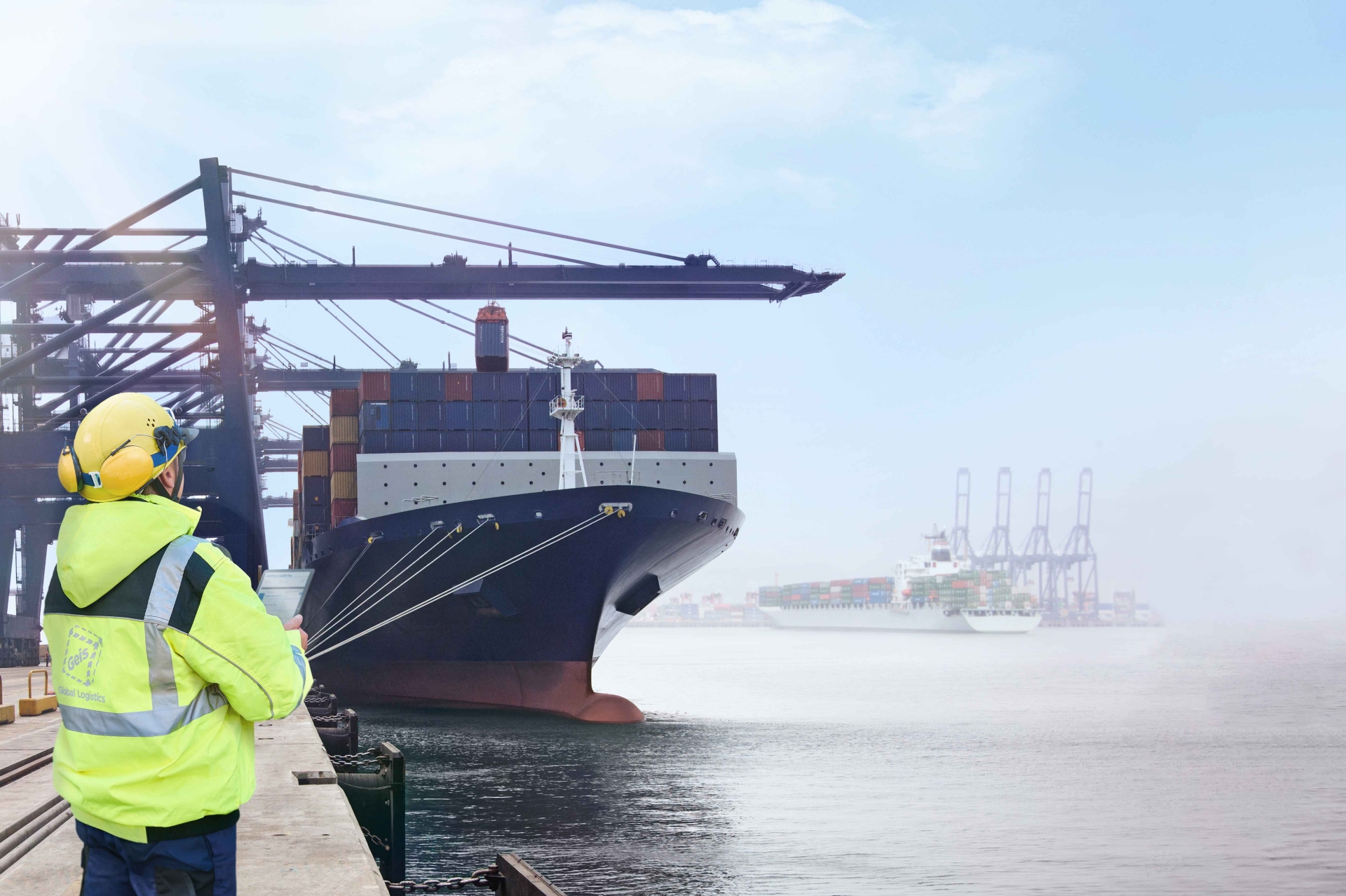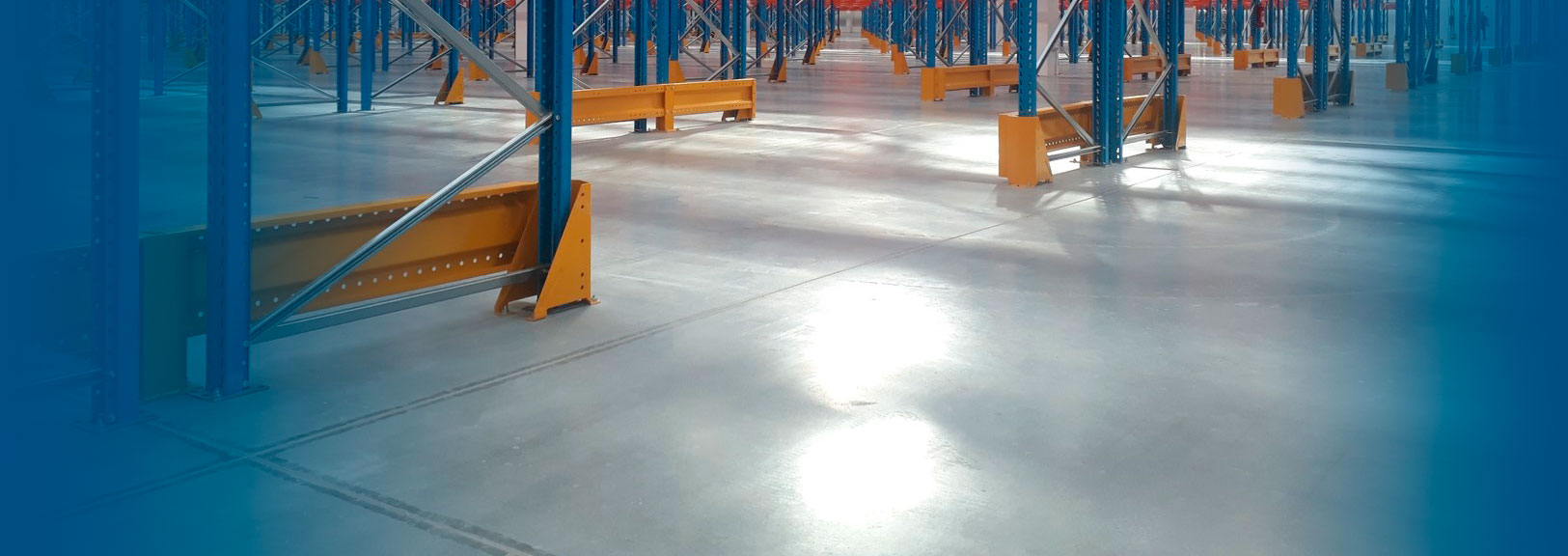For more than three years, international shipping has been struggling with problems caused by a series of successive negative influences. First, the world struggled for months with the effects of the covid-19 pandemic, and last year another major blow came in the form of the war in Ukraine. These and many other influences have caused considerable turbulence in world trade.

Covid online  shopping
shopping
The market has become significantly overheated in covid. Services were limited and people were ordering extreme amounts of goods online. And because they weren't prepared for such a large flow of goods, there wasn't enough capacity and shipping prices increased extremely. In 2021, for example, the rate for shipping a 40' container between Shanghai and Hamburg was up to USD 15,000, an increase of 1000% compared to pre-pandemic levels. In addition, the market could even see an artificial reduction in ship capacity, which further increased the cost of transport.
Extreme prices and inflation
Before the start of the war in Ukraine, the situation was slowly beginning to stabilise, but unfortunately not for long. Martin Tokič, Director of Geis CZ Air+Sea, describes the situation. "Companies were faced with skyrocketing energy costs, while at the same time it was difficult to translate these costs through turnover into end consumer prices. Consumers also became more cautious in their spending than during the pandemic, when services were not working and spending was virtually limited to goods. And the further rise in inflation has reinforced this thinking."
Transport prices have fallen
As demand or consumption has fallen, so has the demand for transport capacity. Imports from Asian countries to the US have fallen significantly, and imports from Asia to Europe are also facing extreme declines. Logically, therefore, freight rates have decreased compared to 2021 and 2022. Current rates between China and major European ports are around USD 1,000 per 40' container.

The situation is very similar in both air and sea transport from distant markets. Shipowners do not dispatch cargo ships that are not sufficiently loaded according to the timetable, but on the contrary they load subsequent connections to a greater extent. And aircraft? With the easing of pandemic restrictions and the resumption of passenger air travel, more cargo is again being added to passenger flights, but global volumes are not rising.
Hope dies last
However, the rate of consumer price inflation has gradually slowed down and inflation is already falling. But when this will translate into demand and to what extent and when it will affect international shipping is the question. Tokič adds: "The consumer's state of mind plays a big role in this situation. If their first thought every day is that they must not spend any money, the trend will turn very slowly. On the other hand, this is not surprising. Even with the decline in real wages, the overall geopolitical situation and the uncertain future, people are more cautious about their finances."



 shopping
shopping


